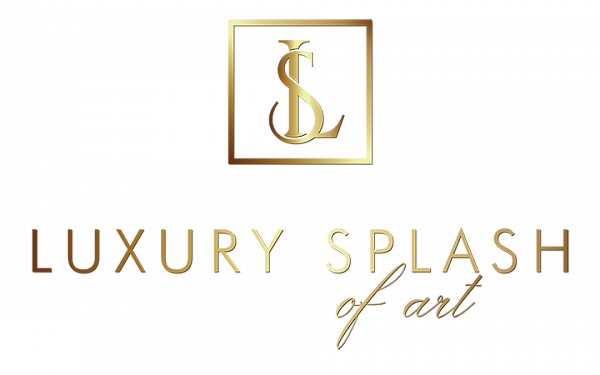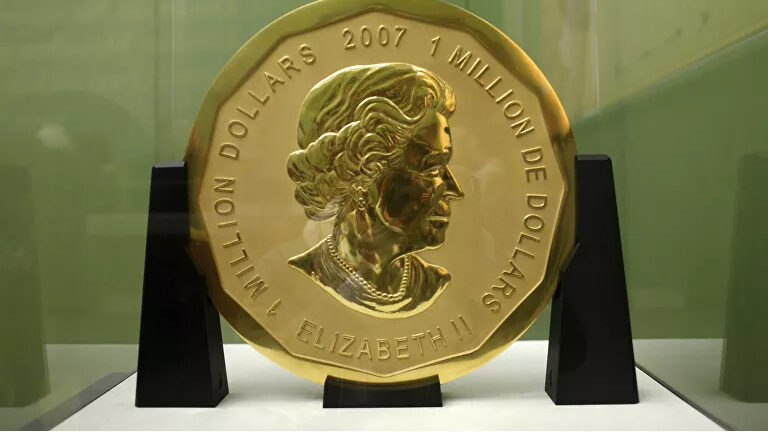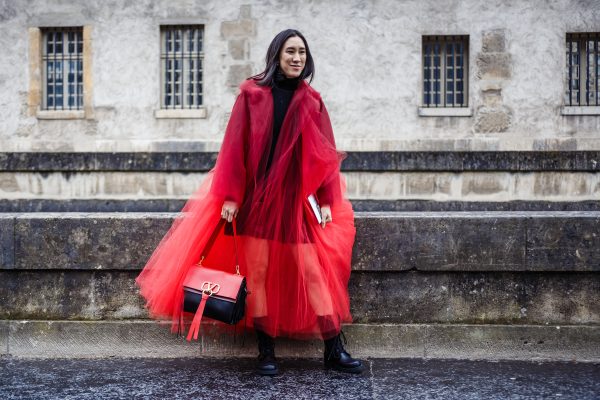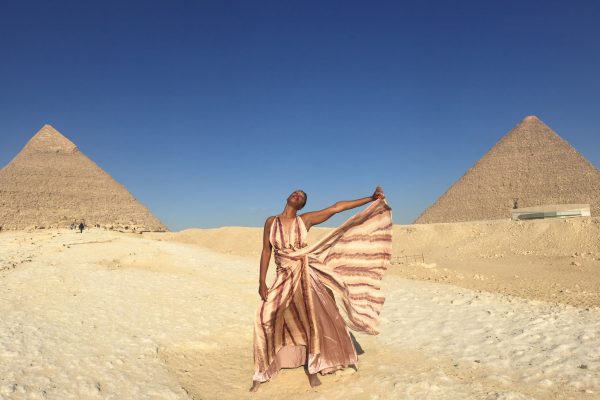If we think of crime in art, we can certainly think of some well-known works of art or pieces of jewellery that have since been considered lost, such as the 100kg gold coin “Big Maple Leaf”, which was stolen from the Bode Museum in Berlin in 2017. Equally untraceable are 13 paintings by Degas, Rembrandt and Manet, which were stolen from the Gardner Museum in Boston in 1990. Despite an 8-digit reward in USD, the perpetrators were never caught.
However, crime in the arts takes many forms, because in addition to purely artistic expression and creativity, the art market is powerful and generates high turnover. Besides art theft, there are art forgeries, copies, false appraisals of alleged originals, fraud and usury.
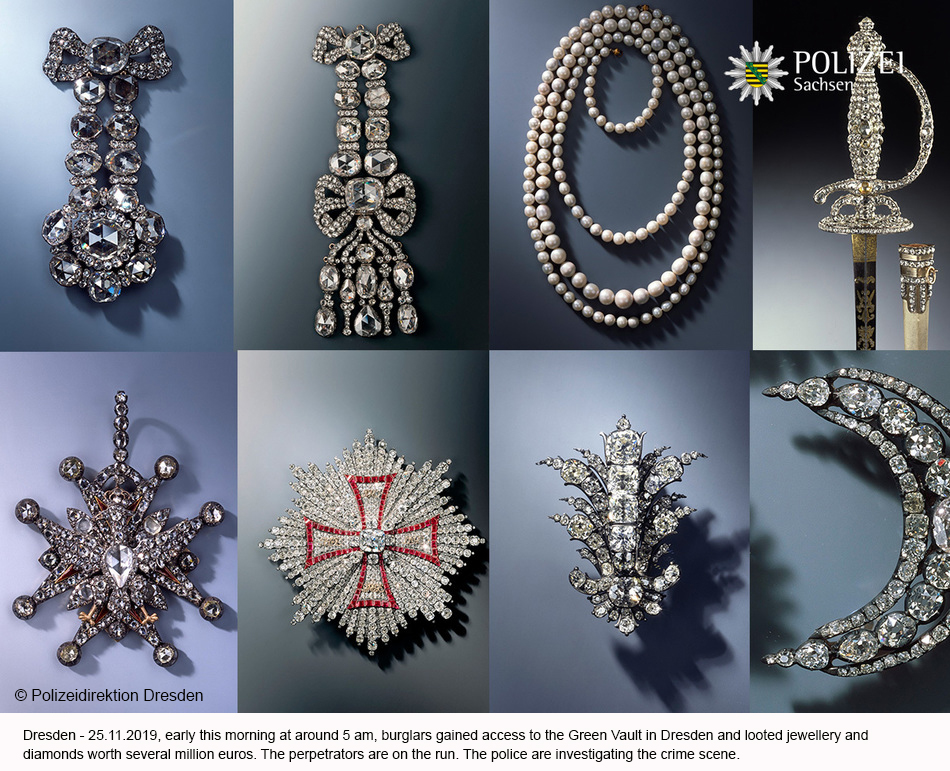
The artists, especially the inexperienced ones, enjoy any form of recognition and quickly fall for fraudsters who are out to get their money.
In the process, they often encounter wolves in sheep’s clothing, for example galleries offering exhibitions, that the artists are supposed to finance. They are lured with flattery and promises, then pay for a lesser service and remain on the payroll while the gallery earns a few months’ rent in a week.
Once I was contacted by e-mail. A man from California had looked through some of my posts of my artwork on LinkedIn and as he wrote, was delighted with the themes, the presentation and the choice of colours. He also mentioned that his wedding anniversary was coming up and that he wanted to give his wife some of these paintings as a present. He send me screenshots from my LinkedIn posts to highlight the artworks he was interested in.
He asked me for precise details of my artistic career, wanted to know my motivation as an artist, and offered me the prospect of buying six works of art. He formulated very clearly and left no doubt that all was ok with him and his intention to buy art.
Of course, I was very happy about this and put together the list of artworks completed it with information about the series and pictures. I added a statement about myself and my intention as an artist and sent him my offer including a price list.
It had not escaped my attention, that he had not contacted me via LinkedIn. His email contained no signatures or personal information. I checked the header of the email. Instead of California, I received the email from Washington.
His situation was a special one, he wrote to me later. Since his wife manages the bank accounts, the credit card and the PayPal account, he could unfortunately not pay me for the pictures this way. Furthermore, they were about to move to Canada. Therefore, he wanted to send me a cheque by courier.
Then he pretended to meet me halfway and wrote me that I should ask a friend in the USA to cash the cheque for me. In fact, this makes no difference; the cheque usually takes three weeks to verify it is not a fraud.
In the meantime, I wrote to an artist friend in the USA, who already knew about such requests and confirmed what I already thought, that it was a fraud. The person wanted to get both art for free and some extra money under an excuse.
The person asked me again pushing my American friend to take the cheque. He also told me that he could not ask his friends to overtake this for him, as he did not want them to carry that weight. I could not see a reason why he could not ask his friends to take his cheque and send me the money. It should be very easy for them to do so, as they know him, instead of my friends who do not know him and must have taken a risk. I told him so and he never came back to me again.
A short research in the internet revealed many reports about the same or similar strategies of thieves; some people try to get artists to send their art to the post office or pre-finance a lot of money as transport costs. They never get the money and/or the artwork back.
Well, this trick described above did cost me some time, but it also caused me to examine the art market again. As was to be expected, not only is the volume of the art trade worldwide enormous, but also the only estimated amount of money made by criminal activities.
John Powers reports in the Fraud Magazine of January/February 2016, among other things, on an interview he conducted with the founder of FBI Art Crime Team Robert Wittman.
“The entire art crime industry worldwide is a $6 billion endeavor,” he said. “The biggest part of the art crime industry worldwide is fraud. He estimated that 80 percent of all art crime is fraud, forgeries and fakes – not theft. “Nevertheless,” Wittman said, “Generally speaking, the vast majority of law enforcement focus is on art theft.”
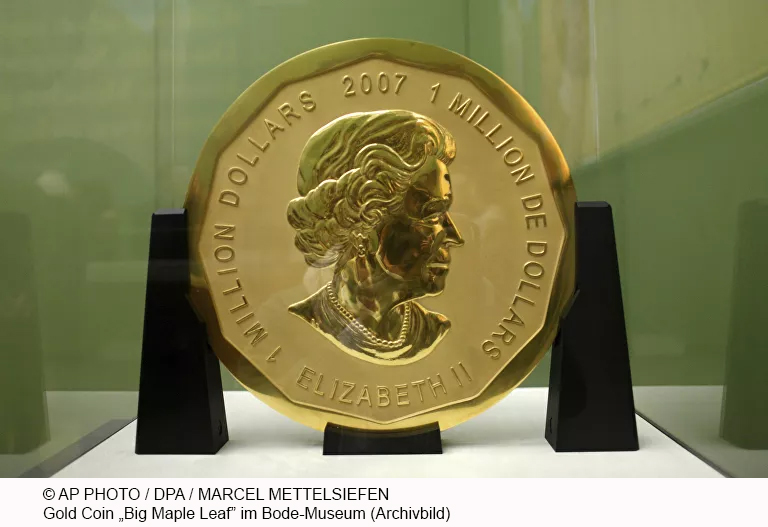
One has to assume that almost five years later this amount will be much higher. The financial dimensions of the art market naturally arouse desires of all kinds; everyone would like to have a smaller or larger share. Since the art trade often takes place behind closed doors, the conditions for crime are ideal. There is hardly any direct access to data for the police or tax authorities, and prices are almost freely negotiable.
Art lovers whose collections are worth several billion dollars are natural targets for forgers and fraudsters. They have to go to great lengths to protect and represent the collection.
What do we learn from this? In the small as well as in the big art business, as always in life, eyes open and use your mind.
Story by Dieter Hanf
